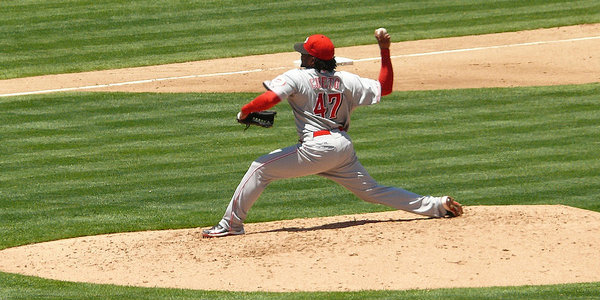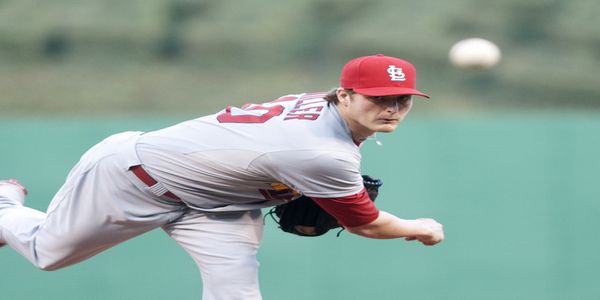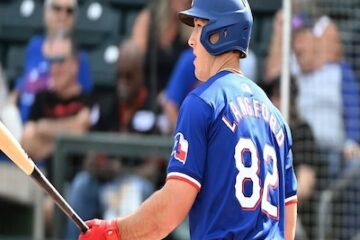Using ERA-FIP to Identify Starting Pitchers To Trade


In this piece, I’ll be looking at one of my favorite strategies to identify starting pitchers to consider trading (or “selling high,” as some continue to refer to it) or avoiding on the trade market for fantasy baseball in 2014.
Each and every baseball site you visit can probably provide you with a strategy to identify players to target or avoid via trade. One of my favorite statistics to look at for pitchers is ERA-FIP on FanGraphs. ERA-FIP provides users with the difference between a starting pitchers current earned run average and their fielding independent pitching. According to FanGraphs, Fielding Independent Pitching “measures what a player’s ERA should have looked like over a given time period, assuming that performance on balls in play and timing were league average.” Moreover, FanGraphs suggests that “FIP does a better job at predicting the future than measuring the present, as there can be a lot of fluctuation in small samples.”
The idea here is to look for pitchers whose ERA appears to be outperforming their FIP. These may be players that have been “lucky” to start the season, but theoretically should regress to the mean and fail to maintain that level of success as the season wears on. In addition to looking for players with higher ERA-FIPs, I’ll take a look at the BABIP, K% and BB% to guide my search.
Here are the top 50 pitchers whose FIP is greater than their ERA:
(Data as of Wednesday morning, 6/11/2014)
To narrow my search, I looked for arms that owned strikeout rates in the 20% range, walk rates in the 10% range and a batting average on balls in play about .250 or less. Ownership percentages reflect Yahoo leagues.
Of the players that met the criteria, Tom Koehler sticks out like a sore thumb. The Marlins hurler is owned in less than 30% of leagues, but those in deeper leagues should take note of his -1.45 ERA-FIP. As of Wednesday, Koehler owned a minuscule .234 average on balls in play versus a .278 career average. Sooner than later opposing batters are going to start hitting more line drives and find the holes. His K-BB% is unimpressive as well, but I suppose some of these elements reflect his current ownership. I’d be trading him if I could, but I’d still consider streaming him at home where his splits are advantageous.
Like Koehler, Jorge De La Rosa is owned in less than 30% of leagues, which means this blurb may not pertain to many. De La Rosa also owns a K-BB% less than 10%, which is not something we’re looking for out of our starting rotation. His .238 average on balls in play should regress towards his .302 career average, meaning his owners could be pulling their hair out going forward.
Shelby Miller’s name is super shiny. A hero for many in 2013 fantasy baseball, Miller won 15 games with a 3.06 ERA and a 15.5% K-BB%. But there were some mysterious things going on with the young righty towards the end of last season and into 2014. He’s already at seven wins this season, so that doesn’t appear to be an issue — I mean, he is on the Cardinals — but his underlying numbers are worrisome. His K-BB% is down to 5.8%, he’s not really missing bats (6.9% SwStr%) and his velocity is down on his curveball and cutter (which could be strategic?). At any rate, Miller’s ERA is expected to fall more than a run according to this formula, so that parlayed with his namesake could fetch you a fairly nice return on the trade market.
Julio Teheran, Johnny Cueto and Marco Estrada don’t meet the above criteria, but also appear to be in line for some ERA correction. Be cautious though, Cuteo is one of those guys that always seems to outperform his FIP. Teheran could be one of the arms too, as his ERA has outperformed his FIP last season and through 14 starts this season.
If you have any questions regarding this strategy, feel free to leave them in the comments or hit me on Twitter.





